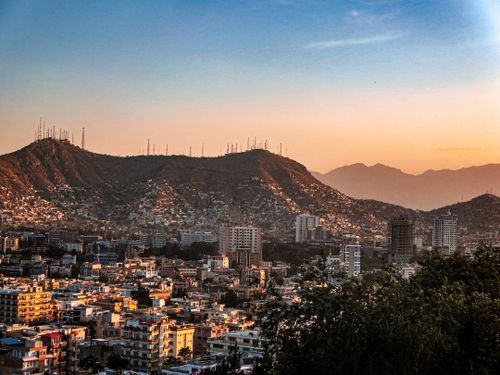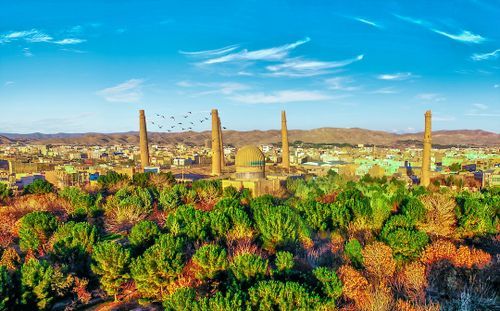Safest Places in Afghanistan for Solo Female Travelers

1, Kabul
Kabul, the capital and largest city of Afghanistan, is located in the eastern section of the country, nestled in a narrow valley along the Kabul River. Despite its prolonged periods of war, Kabul is known for its rich cultural history and significant landmarks that portray centuries of change and upheaval. Here, you can find the storied walls of the Bala Hissar, an ancient fortress that encapsulates countless tales of the city's past, and the resplendent Gardens of Babur, a tranquil paradise dedicated to the first Mughal emperor, Babur. Bearing the memory of its destructive conflicts, Kabul still retains impressive museums such as the National Museum of Afghanistan, housing priceless artifacts dating back to the city's inception. On a backdrop of towering mountains, Kabul offers an insightful vista to its resilient spirit and timeless historical continuity.

2, Herat
Located in western Afghanistan, Herat serves as a bustling, vibrant city steeped in rich historical significance. This picturesque city is veritably a living museum, adorned with elegant yet resilient architecture that stands as testament to the city's compelling past. Herat is renowned for its intricate blue-tiled Mosques, most notably the exquisite Masjid-i-Jam, which is adorned with fascinating tilework and is a cherished UNESCO World Heritage site. Equally captivating is the stunning Herat Citadel, a restored fort that bears exhibits of Afghan history. Famed for being an important stop along the Silk Road, brimming with mesmerising landmarks and a history encompassing over 2000 years, Herat truly is a portal into Afghanistan's vibrant culture and enduring legacy.

3, Gilgit
It seems there is a slight confusion, as Gilgit is not located in Afghanistan but is a picturesque region in the Gilgit-Baltistan territory of Pakistan. Nestled in the heart of the Karakoram Range, Gilgit is renowned for its breathtaking landscapes, where snow-capped peaks and verdant valleys converge to create a paradise for trekkers and nature enthusiasts. This region serves as a gateway to some of the world’s highest mountains, including Nanga Parbat and K2, making it a coveted destination for mountaineers. Aside from its natural allure, Gilgit is steeped in rich cultural heritage, offering visitors a glimpse into the intricate tapestry of local traditions, languages, and crafts. The serene Hunza and Skardu valleys nearby, known for their stunning vistas and hospitable communities, further enhance the allure of this remarkable locale, drawing travelers seeking both adventure and tranquility.








